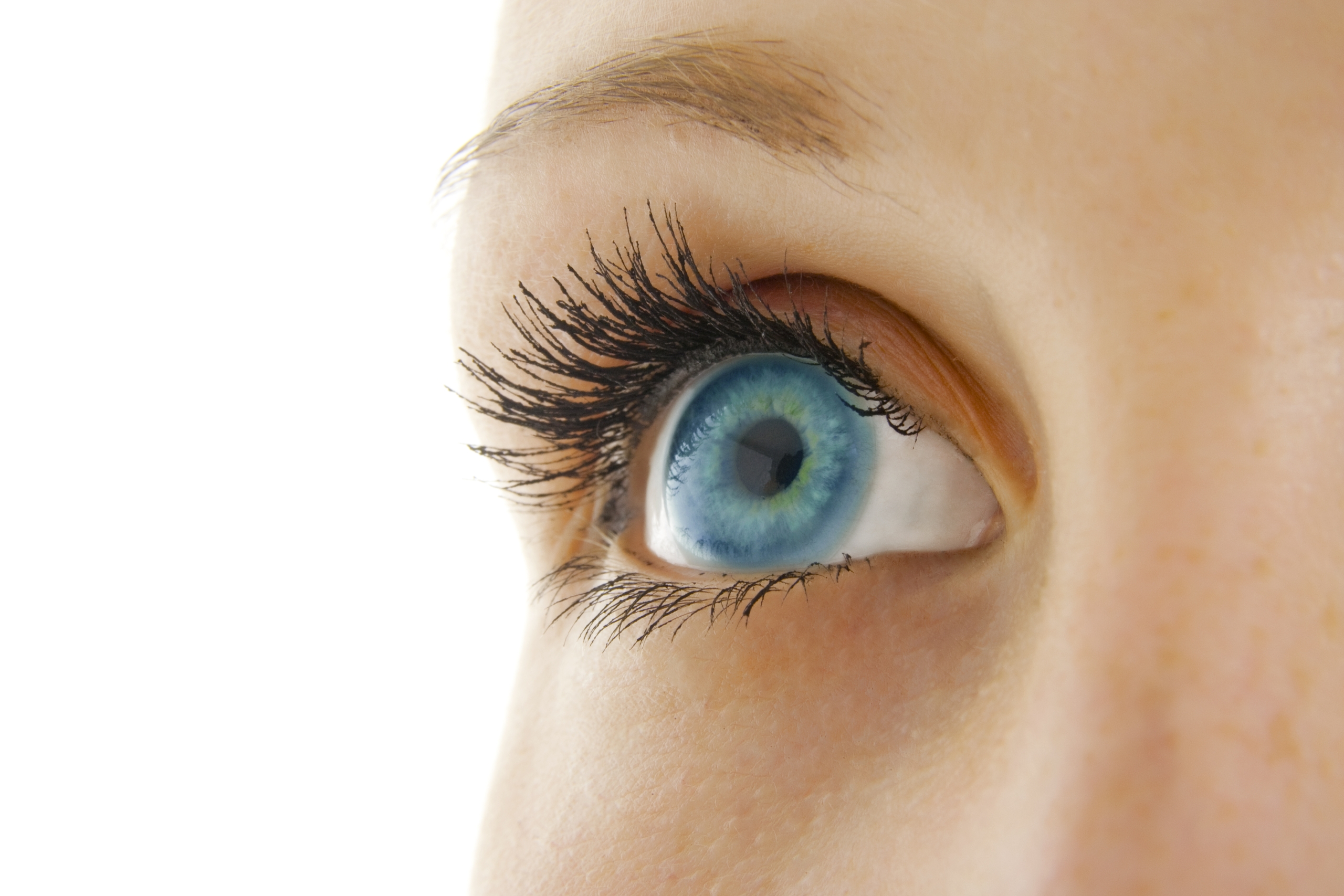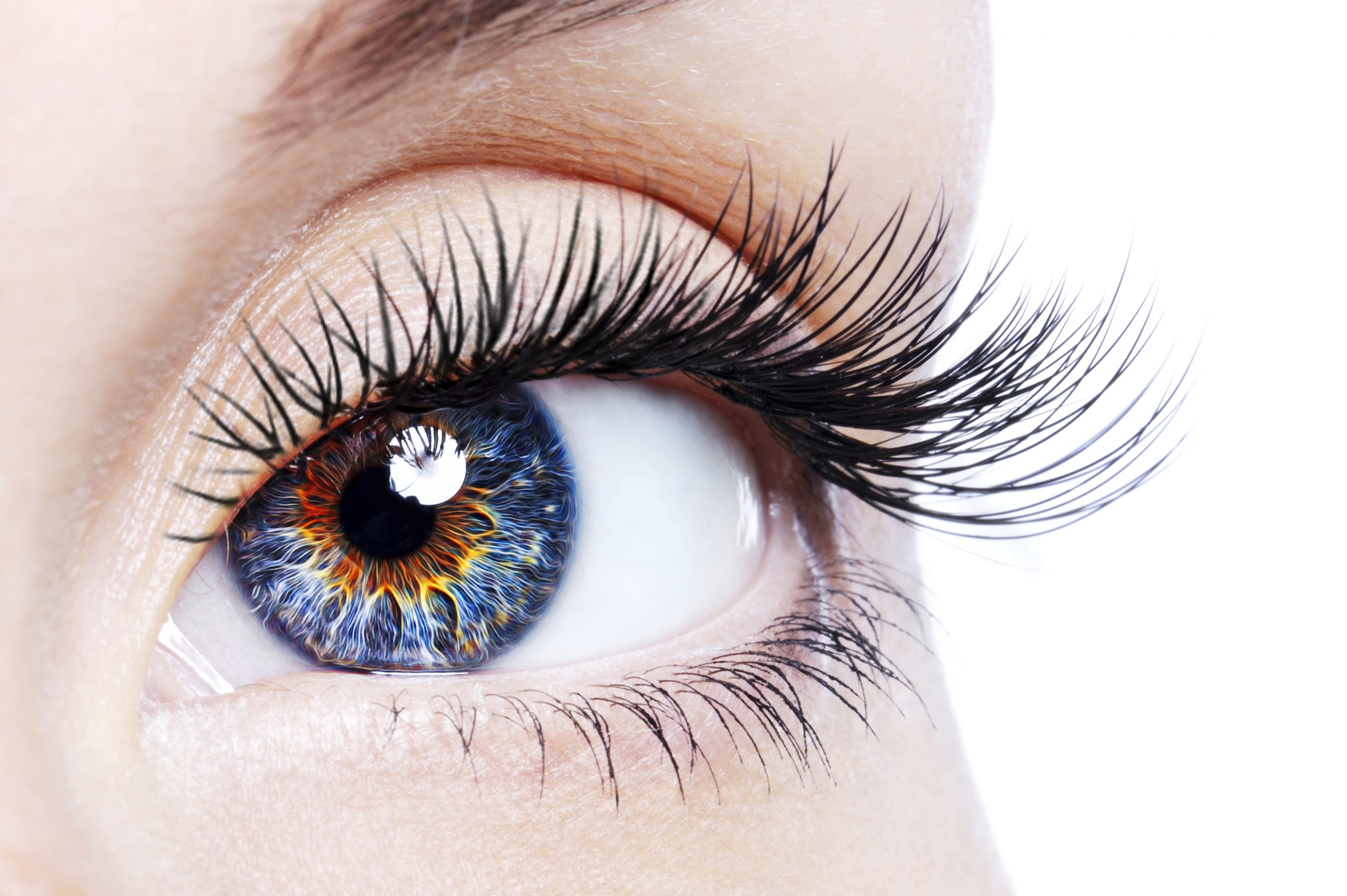[masterslider id=”1″]
CONTROLLED ENVIROMENT RESEARCH LABORATORY
The advantages of using the CERLab
Dry eye disease is a prevalent anomaly that could be exacerbated (or even ameliorated) by several environmental conditions like reduced moisture, elevated or high air flow. Thus, participants recruited during clinical trials can suffer variation in their dry eye disease severity regardless of their response to the treatment provided.
Consequently, controlling environmental conditions that patients are exposed to when performing ocular assessment should be mandatory to avoid clinical trial failure.

The advantages of using the CERLab are the following:
- Control of environmental conditions that patients are going to be exposed during ocular assessment throughout all the visits including screening
- Ocular surface of recruited patients can be equally stressed regardless of the outdoor and indoor environmental conditions they have been previously exposed to (i.e. low humidity sunny day and/or car air conditioning).
- Capability to set up the environmental conditions that can better show the drug efficacy, which can be customized depending on drug action mechanism.
- Ability to select the adequate primary study outcomes for each drug during a proof-of-concept phase IIa trial before undergoing the obligatory large sample phase IIb trial. This selection based on phase IIa data will avoid using unnecessary resources accelerating approval process.
- Advice provided by key opinion leaders with over twenty year expertise in running clinical studies and trials in dry eye disease.


ENVIRONMENTAL CHAMBER TECHNICAL FEATURES:
The Controlled Environment Research Laboratory (CER-Lab) of VISIÓN I+D, SL. located at Edificio IOBA, Campus Miguel Delibes, Paseo Belén 17, 47011 Valladolid, Spain, is able to create, control and monitor typical indoor and outdoor environmental conditions. The CER-Lab is composed of the Exposure Room where Temperature (T), Relative Humidity (RH), Air Flow, Illuminance and Pressure is controlled, and the Assessment Room, where T and RH are kept similar to those of the Exposure Room.

